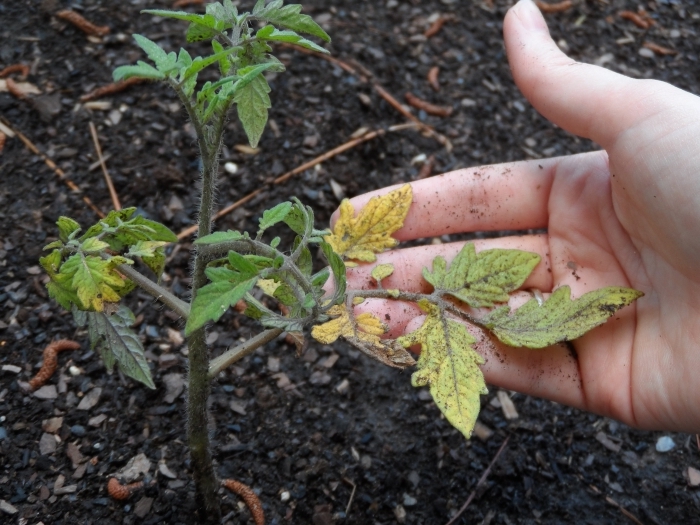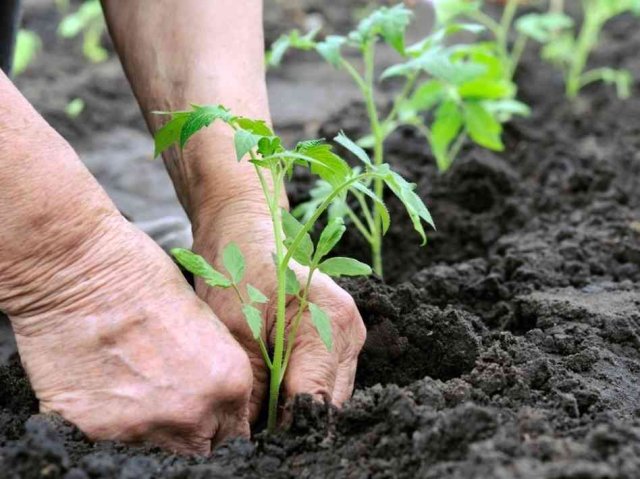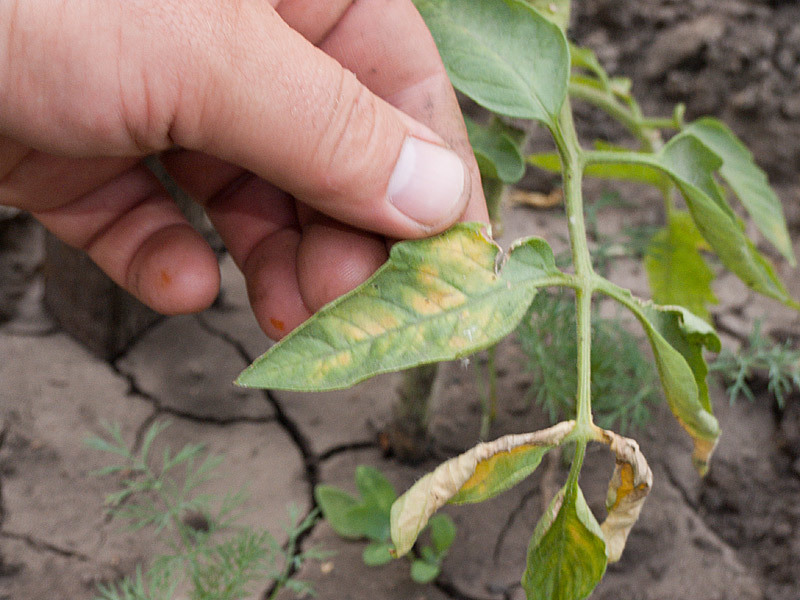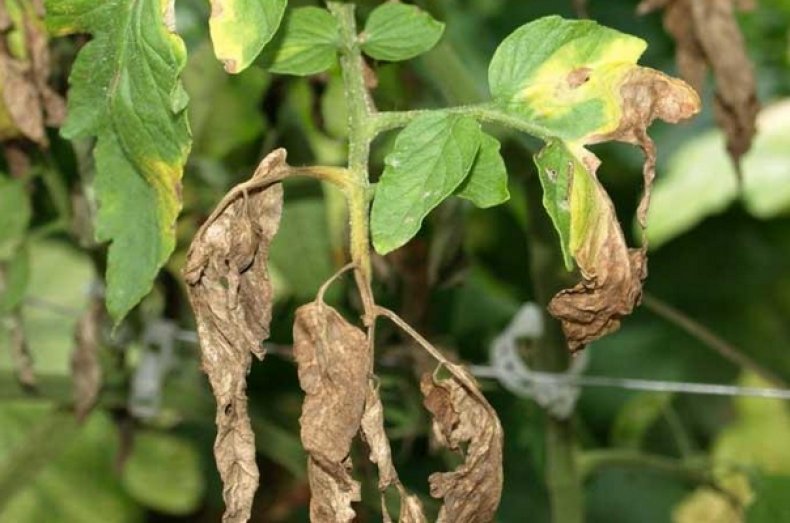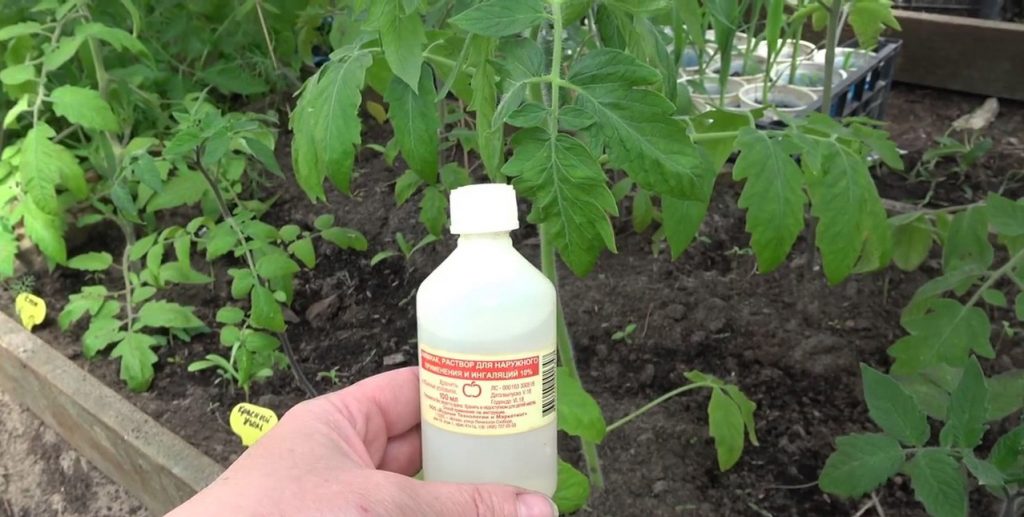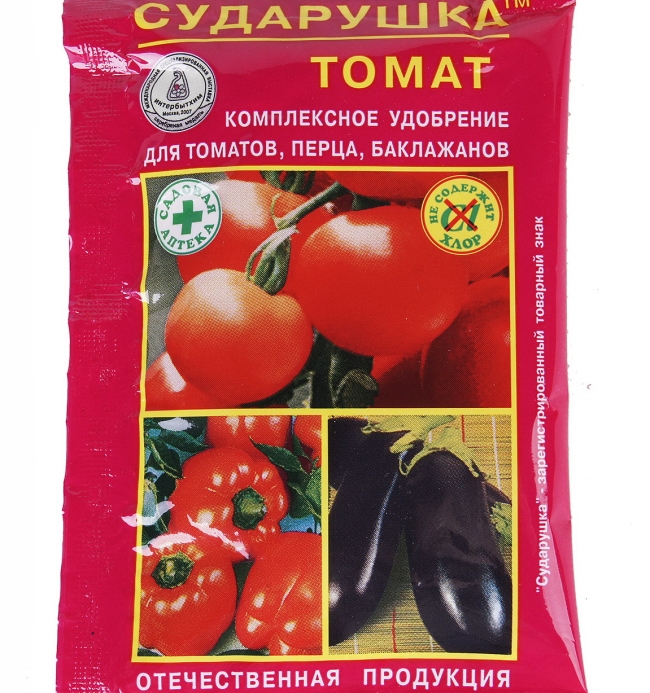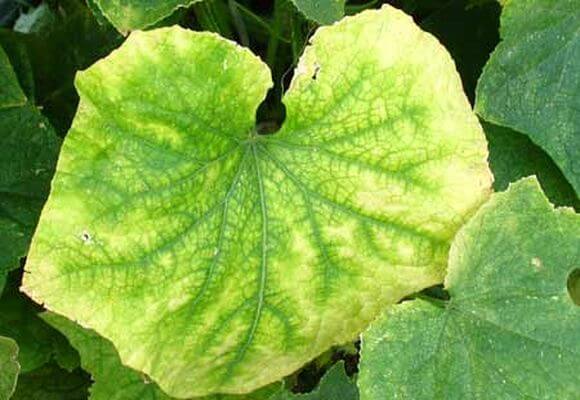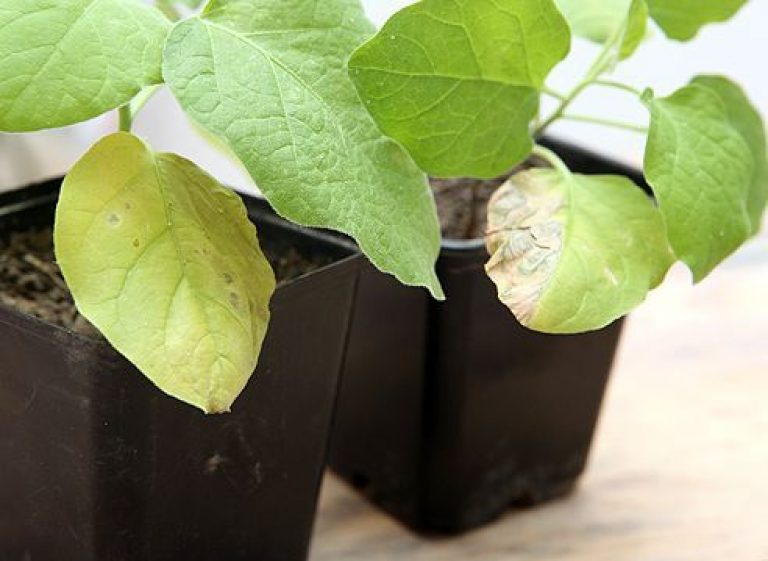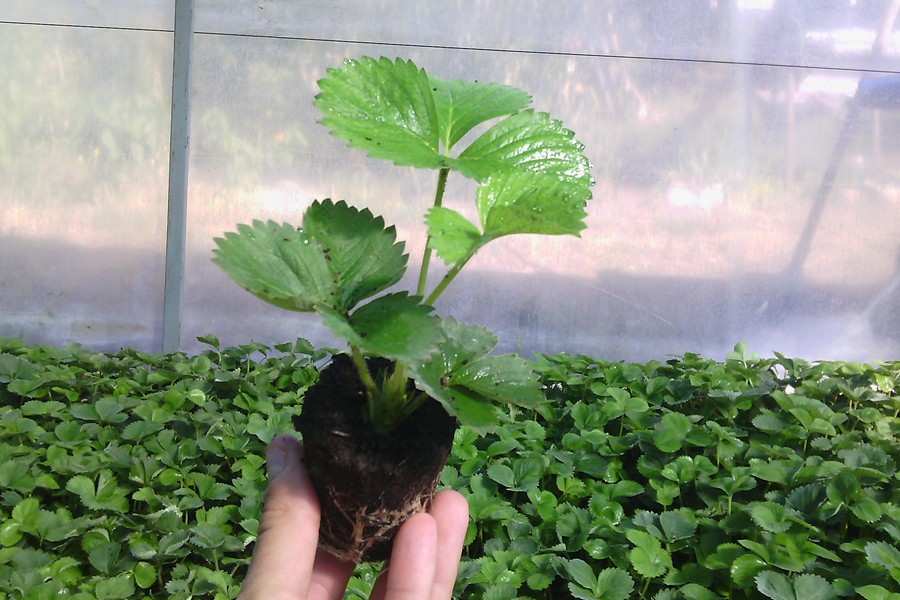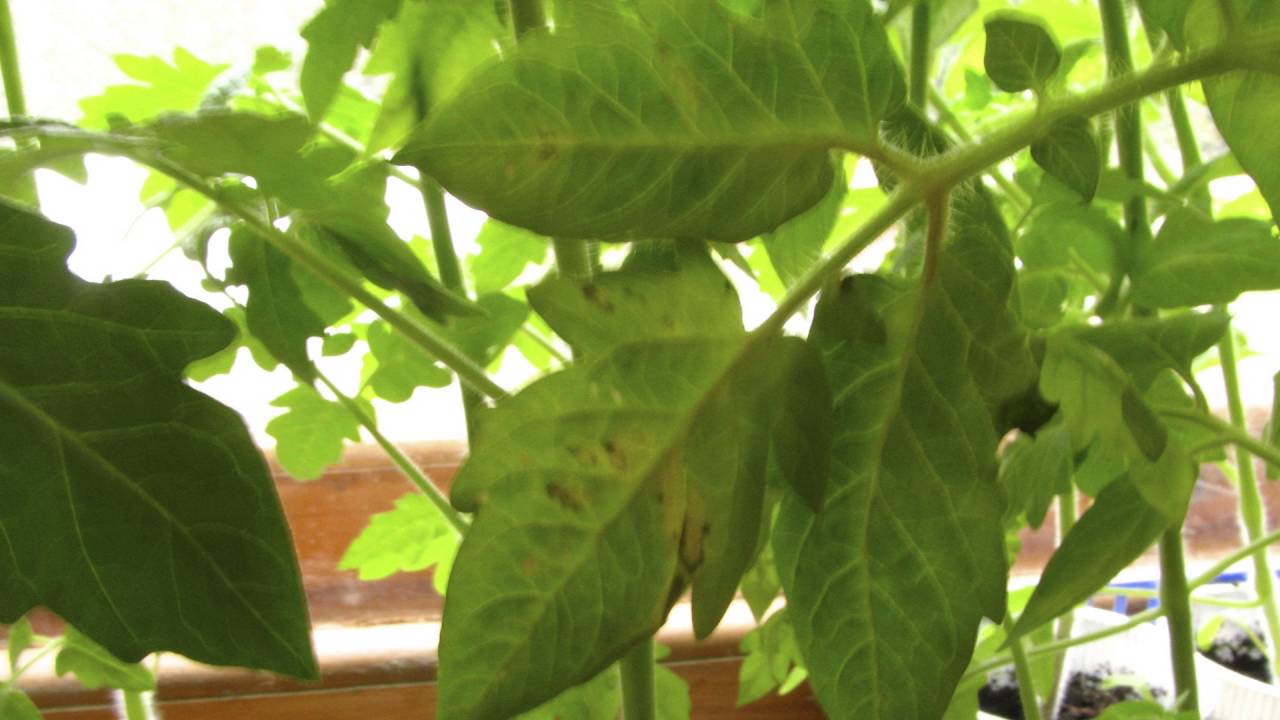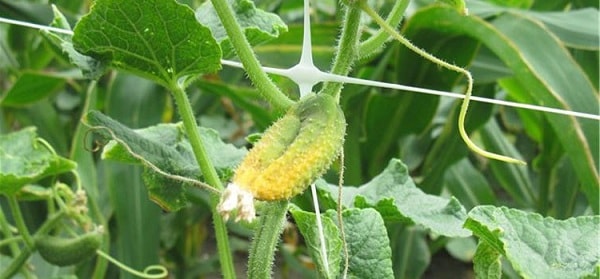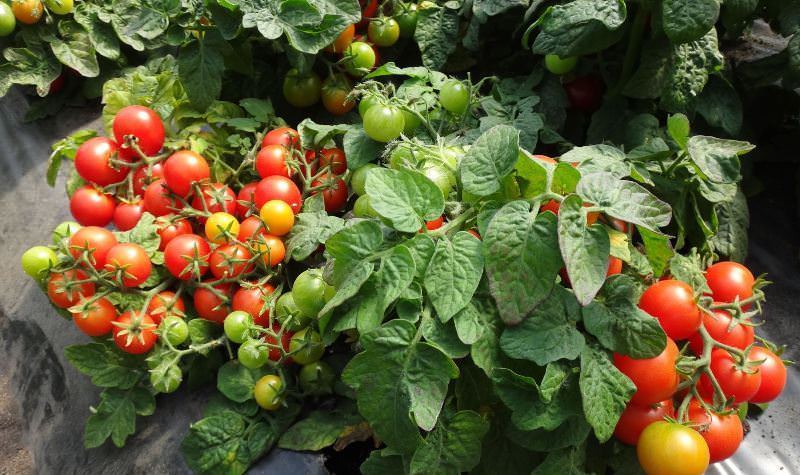Content:
A bountiful and early harvest of tomatoes can be obtained from healthy, strong plants. It is obvious that horticultural crops, like any living organism, have a continuous metabolism. Accordingly, the reasons why the leaves of tomatoes turn yellow may be different. Many gardeners have encountered this phenomenon. But some simply shook their heads in sorrow, while others still tried to figure out what to do in such a situation.
Here it is important to understand how the plant lives and what it directs the main forces in different periods of its growth. It is interesting to understand what chemical elements are needed for tomatoes during different growing seasons, and for what reasons they can start to get sick.
Basic information about growing tomatoes
In the middle and northern latitudes of Russia, tomatoes are grown through seedlings, which are planted in greenhouses or polycarbonate greenhouses. This usually happens in May - June. It is the transplanting of seedlings into the soil that often leads to various diseases, since it is a serious stress for the plants. What to do if the tomato leaves turn yellow after transplanting? The simplest thing is to try to prevent this from happening. The stronger the seedlings, the less problems arise when planting them in a greenhouse.
When growing seedlings, you must follow a number of rules:
- To prevent the plants from stretching, they are provided with sufficient lighting. There is not so much space on the windowsill, a dense planting forces the seedlings to reach for the light. Therefore, you should not be greedy - you need to immediately calculate and plant the optimal number of plants that can develop well in specific conditions.
- The stretching and pampering of plants is facilitated by the creation of "greenhouse" conditions in the room. The temperature should not exceed +25 in the sun and +18 in cloudy weather. Otherwise, the stem of tomatoes becomes thinner, the leaves become fragile.
- Watering young plants is necessary as the soil dries out and not get carried away with feeding. Excessive zeal in these matters leads to the weakening of seedlings.
- In the room where the tomato seedlings are located, it is necessary to control the humidity of the air so that the leaves do not dry out.
- Do not expose the seedlings to direct sunlight as this can burn the leaves.
Planting seedlings in the ground
Shortly before planting seedlings in open ground or under a film, several important measures must be taken:
- Take care of her hardening. Approximately two weeks before transplanting, depending on the possibilities, the seedlings are taken out into the street, on the balcony, or in a heated greenhouse. As a last resort, you can open a window in the room. It should be controlled that the air temperature does not fall below + 10 ° C.
- It is recommended to feed the plants a week before transplanting. Foliar top dressing will be useful, since the foliage has already developed enough to assimilate the necessary trace elements.To improve survival rate, spraying with Epin Extra is suitable. As a root top dressing, you can use "Gumistar" (biohumus).
- Treat seedlings from parasites (roots and leaves) as early as possible, so that by the time the fruits are formed, the chemistry has already left the plants. According to gardeners, the drug "Antichrushch" (for the root system) has proven itself well, which will protect plants from whiteflies, wireworms, beetles, May beetle larvae. To process the stem and leaves (if necessary), use soapy water, onion infusion or special preparations.
- Prepare the soil in your garden bed or greenhouse. This operation can be carried out both in autumn and spring. Add wood ash and humus to the ground. Particular attention should be paid to acidity: for tomatoes, it should be close to neutral (6-7 pH). In the fall, it is required to think over the crop rotation.
It is necessary to plant seedlings in the ground based on the soil temperature. By the time of transplantation, it should not fall below + 12-15 ° С. It is important to be sure that there will be no frost on the soil, which can destroy immature plants.
Outwardly, tomato seedlings before planting in the ground should look strong, have a height of 25-35 cm. It is good if the plants have 6-10 true dark green leaves. Weak, small, poorly developing plants should be discarded.
Why do tomatoes turn yellow or brighten the lower leaves after transplanting into the ground
After planting seedlings in a permanent place, even if all the rules were followed, various problems may arise that lead to inhibition of development and even death of plants. The reasons why the lower leaves of tomatoes turn yellow are related to certain environmental factors.
Adapting tomatoes in a new place
The simplest and most harmless explanation of why tomatoes turn yellow is a natural process of adaptation to new conditions. The restructuring of the conducting system forces the plant to sacrifice the lower leaves, the main thing here is to preserve the life of the top, where the growth point is.
The tomato can shed yellow leaves on its own, or it must be done by hand. The second option will promote ventilation and reduce the risk of illness.
Problem with soil, roots
Leaves may turn yellow due to hypothermia of the soil or aerial parts of the plant. In this case, the process of water absorption by the roots and the circulation of aqueous solutions through the seedling's conducting system are disrupted. The leaves take on a yellowish blue hue.
There are violations in the operation of the root system, which grows very quickly in tomatoes, if there is enough space. Seedlings, which were grown in small containers, form a clod of earth, abundantly entangled in roots, and outgrow. After transplanting, such plants in the open space begin to intensively grow new roots, which takes all the forces of the seedlings. The leaves below, the oldest and largest, begin to turn yellow and fall off, as they lack nutrients.
Therefore, for tomato seedlings, it is necessary to use sufficiently spacious dishes, and start the transplant before the formation of an earthen coma.
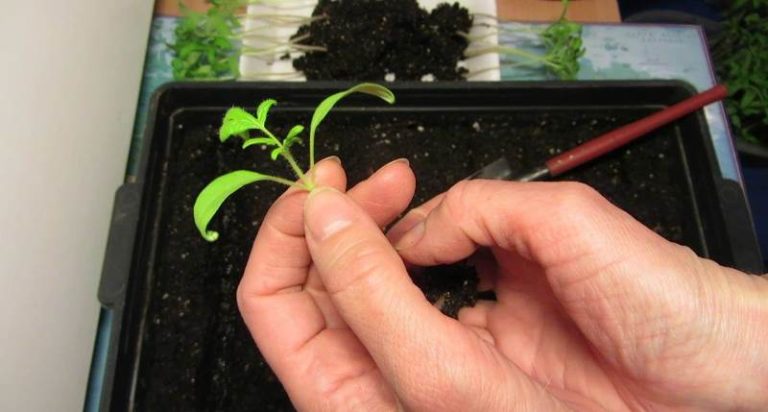
Unsuccessful picking, loosening the soil, or replanting lead to damage to the root system, which makes the tomatoes turn yellow
Sometimes an unsuccessful pick, loosening the soil, or transplanting lead to damage to the root system, which makes the tomatoes turn yellow. The plant will need some time to recuperate and grow roots.In the first stage, the largest lower leaves will also suffer. Yellowed leaves must be removed. After 7-10 days, the color and health of the tomato will be restored.
Watering
Lack of moisture in the soil is often the cause of the problem. Despite the drought tolerance, the plants need the correct watering regime. Growing up, the bushes form a powerful taproot, extending almost a meter deep. Surface watering leads to a moisture deficit in the lower soil layers and plant oppression. Tomatoes need to be watered infrequently, but abundantly, under a bush.
Diseases and pests
Perhaps the most unpleasant reason for the yellowness of the leaves is fungal diseases.
The plant can be affected by diseases:
- fusarium;
- late blight;
- tomato mosaic and many others.
Yellowing is accompanied by loss of turgor, leaf lethargy. If there is a suspicion that this is the reason for the yellowing, it is necessary to remove the affected foliage and use antifungal drugs such as phytosporin, mycosan, Bordeaux liquid, hom.
Garden pests (bear, wireworm), eating the roots of young plants, can bring them to death. Often aphids settle on tomatoes. The first symptom is yellowness and wilting of the lower leaves. Therefore, it is important to protect plants from parasites before planting in the greenhouse.
Insufficient lighting
Due to the excessive planting density, especially in greenhouses, the lower tiers of plants are left without light. In this case, the lower leaves of the tomatoes may also turn yellow. The solution to the problem is one - you need to row the tomatoes, removing the weakest ones.
Lack of nutrients
The problem is often caused by a lack of nitrogen, which is necessary both for the growth of green mass and during the formation of fruits. Young plants become stunted, all organs become smaller, the leaves turn yellow and turn white.
As for the other necessary elements, the situation is as follows:
- Lack of potassium at a young age leads to yellowing of the edges of the leaf plate, yellowness spreads throughout the leaf and it curls inward.
- An insufficient amount of magnesium, which is part of chlorophyll (the green pigment in plants), leads to curling and yellowing of tomato foliage.
- Lack of sulfur, boron, calcium leads to yellowness of the upper parts of the plant.
In all cases, feeding becomes a measure of prevention and treatment. With timely and competent fertilization, the soil will remain fertile enough and give the tomatoes all the necessary elements.
Fertilizing plants with yellowing, twisting of leaves, drying of the stem
What to do if tomatoes have yellow leaves that gradually dry out? It is required to immediately find out the cause and determine the methods of treatment.
- The tip curls up at the yellowed leaf and flowers fall - a signal of an insufficient amount of calcium in the soil. You can replenish the amount of the element by spraying the plants with calcium nitrate.
- If yellow spots are located in the center of the leaves along the vein, this indicates that the plants need iron. It is enough to add iron vitriol or iron chelate to the soil, the tomatoes will acquire a healthy look in a day.
- Yellowing or lightening of veins is a lack of manganese, which is replenished by spraying with 1% potassium permanganate solution.
- Pulling the bush in height with yellowing of the edge of the leaf blade is a nitrogen deficiency, which is covered by watering urea.
- Boron deficiency leads to deformation of the still green leaves and their further yellowing.Spraying with boric acid will help, which is useful both as a prevention of diseases and to increase yields.
- The tops of the plant roll up into a tube, and the lower leaves of tomatoes turn yellow along the edge, why can one judge that this is a call to feed the seedlings with potassium. Just one spoonful of potassium nitrate, diluted in a bucket of water, will help plants recover.
- Ectoparasites living on plants do not contribute to their well-being. The leaves swell, curl, turn yellow and die. To cope with ticks, aphids, thrips will help folk remedies, or treatment with insecticides.
If problems appear, you can use fertilizing with complex mineral fertilizers. They are not hard to find in specialized gardening stores. You just need to carefully read the instructions.
Gardener tips
There are a few more recommendations to help you grow a good crop:
- To quickly build up the root system, overgrowths can be planted "lying down", folding a thin stem into a ring. Remove the lower leaves.
- Mulching the soil with hay after transplanting helps to reduce evaporation and retain moisture. The seedlings stop "hurting" after 2 days.
- If the yellowing of the leaves is associated with a virus or fungus, the diseased plant should be removed from the greenhouse as soon as possible, and all the rest should be treated for prevention.
- High humidity is the main cause of the development of fungal diseases. The greenhouse and greenhouse must be ventilated daily.
Most often, the cause of yellowing of the leaves in tomatoes is the wrong actions of a person. Beginner gardeners make various mistakes that affect plant growth. However, there is nothing wrong with that. Because the advice of experienced gardeners will help you figure out what to do when the leaves of tomatoes turn yellow. Knowing the causes and methods of treatment, you can easily avoid problems and grow a good harvest.
